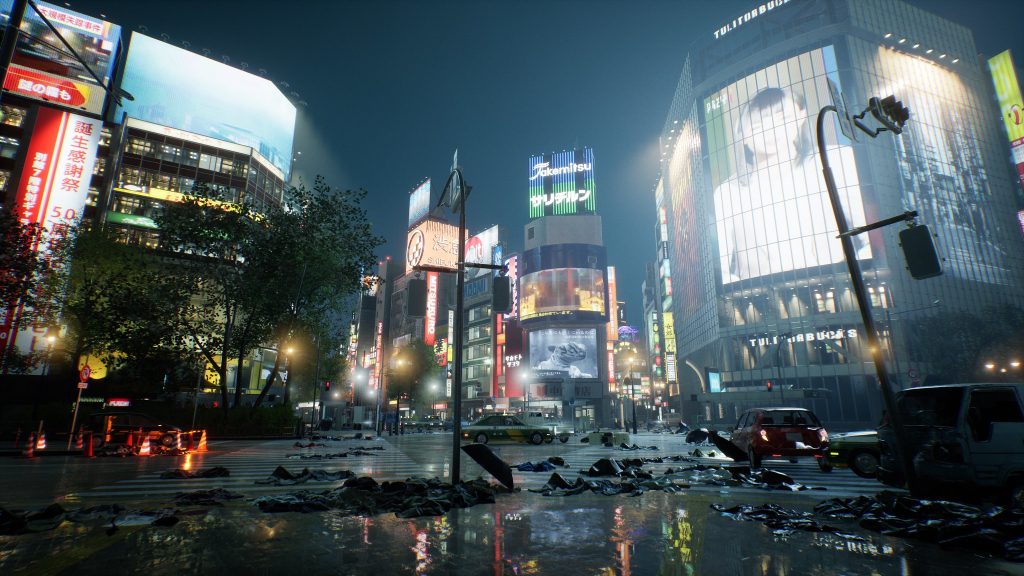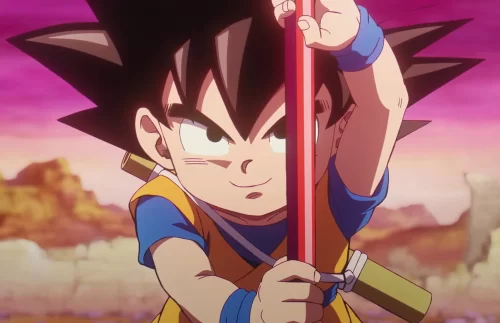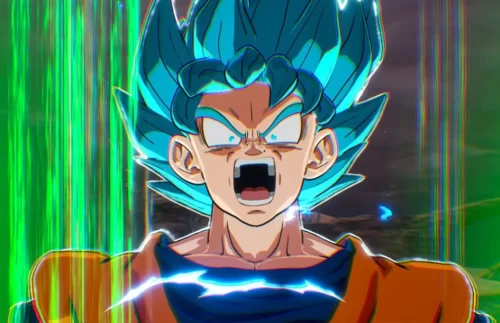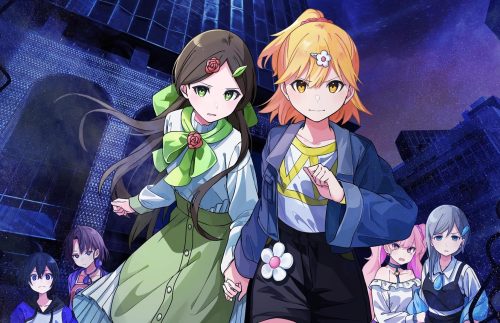It’s been almost two years since the launch of Ghostwire: Tokyo, the enthralling game developed by Tango Networks, and produced and distributed by Bethesda. BUT, even today, in 2024, it remains a visually artistic masterpiece, highly recommended, especially for those of us who appreciate almost everything related to Japan.
But beyond a simple assertion, let’s provide some context. Why do we say this? What makes Ghostwire: Tokyo special?
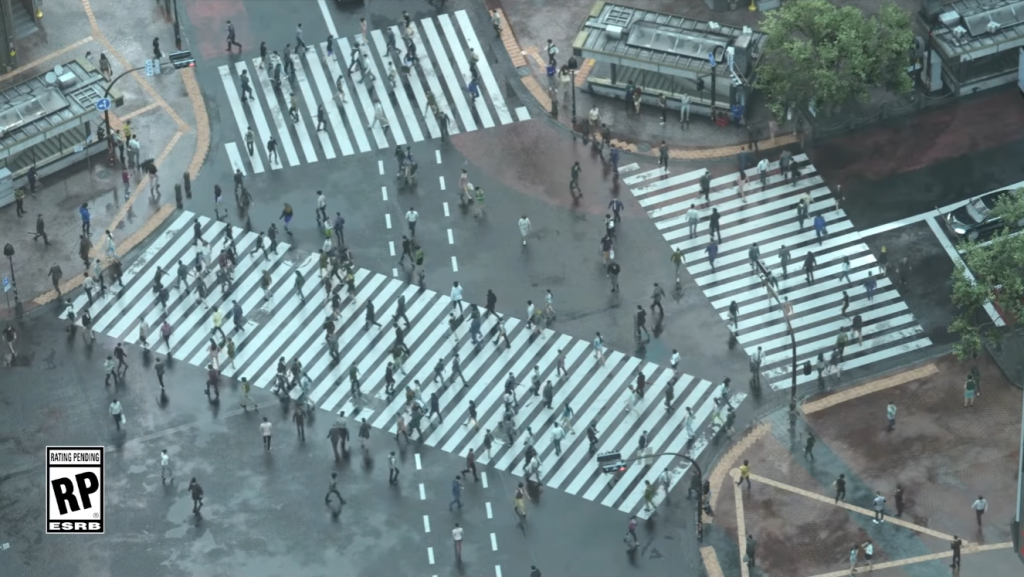
Ghostwire: Tokyo is a first-person action/horror game, developed by Tango Networks, produced and distributed by Bethesda, released in March 2022 for PS5, Xbox Series X/S, and PC. The creators chose to use the Unreal Engine instead of IDTech, as it better suited their project. Undoubtedly, a wise decision, as having had a couple of years to see, enjoy, and evaluate this artful game, it’s clear that UE is an excellent choice for creating realistic environments, particularly when these are recreations of real-world places.
Ghostwire: Tokyo, The Game
The mechanics behind Ghostwire: Tokyo are very familiar, as they have been experienced in games like Assassin’s Creed, with its “synchronization points” system and the fog covering the map (this time, the world itself). By liberating points, specifically purging shrines and Tori portals, many more icons appear on the map screen, related to points of interest, collectibles, mission items, side missions, or objectives, save points, or in this case, phone booths where “transferred” saved souls are stored in “katashiro” talismans. The exploration offers a somewhat extravagant mix of genres, perhaps what would result from mixing a walking simulator with some of the Spiderman releases.

Don’t worry, if you’re not familiar with the game yet and don’t understand what we’re referring to, we’ll delve deeper shortly.
As for combat, we find a well-balanced mix of ranged combat, through spells and archery, and melee combat, less used but also present, with its essential blocking system, and even a handy “dash” for use at opportune moments to escape danger. Somewhat unusual, and therefore original, as it has not been seen often, is a proposal that combines the use of magic, and supernatural elements with a first-person action view, or what we could call a proper FPS (first-person shooter). To all this, we can add classic RPG elements, as in addition to our own stats increasing as we level up, we can also enhance the spells we use, unlocking spell levels and new abilities, and even use support items that improve the damage we do or our health, among other important aspects.
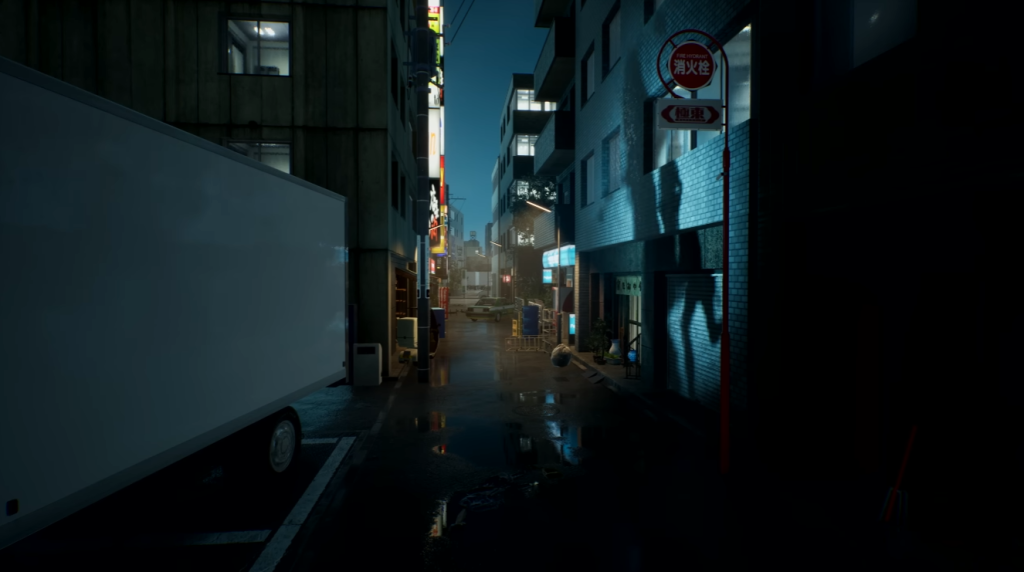
In short, Ghostwire: Tokyo innovates in relatively few aspects. And yes, of course, it does innovate, and where it does, it certainly stands out, but most of its mechanics have been seen before in other titles, good titles, yes, but already familiar.
So, what makes Ghostwire: Tokyo so special?
Without a doubt, perhaps the most remarkable achievement of Ghostwire: Tokyo is its world-building.
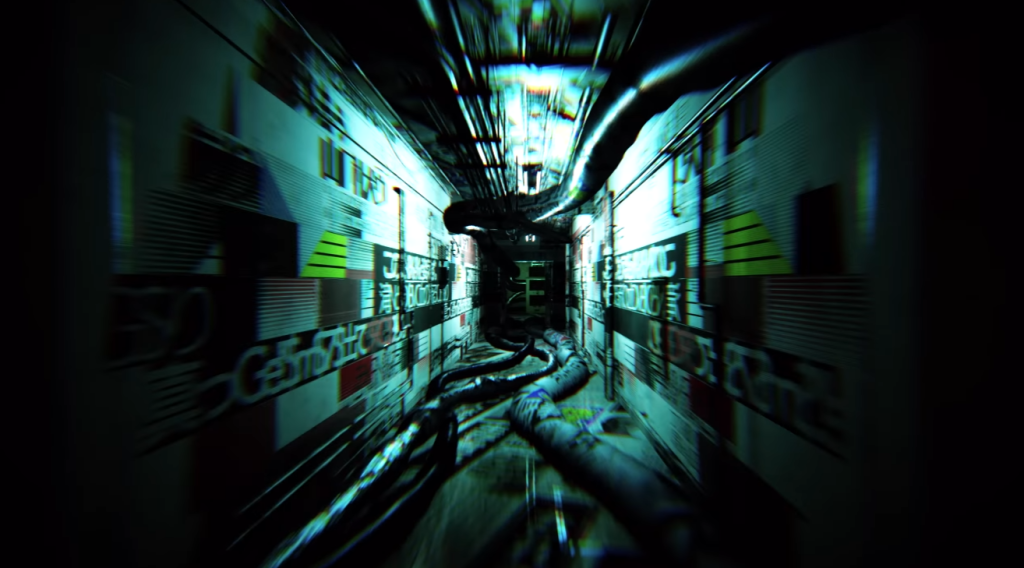
Is it worth playing a game just for its excellent world-building?
Maybe not, but in this case, Ghostwire: Tokyo offers not just world-building, but a complete and varied “combo” of aspects that, together, become utterly attractive and interesting.
Personally, like many others, I was fascinated by Ghostwire: Tokyo from the first minute. Once the game started, I was dazzled by the depiction of the very Shibuya Crossing, the exact place where the game begins. I found it simply incredible what they had achieved in recreating a place I know so well, at least through videos, documentaries, movies, and anime. From that point, walking through its deserted streets, which enhanced my appreciation of the structures, businesses, etc., was simply a marvel.
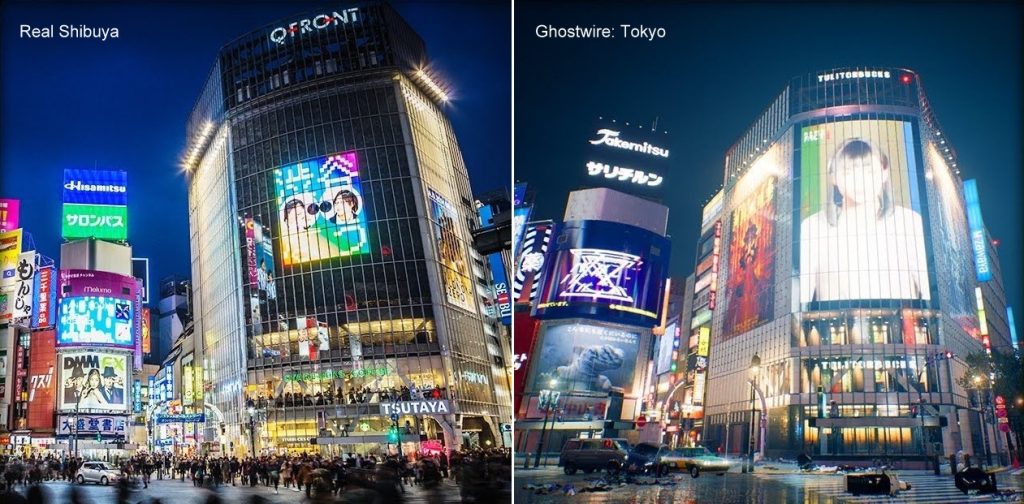
In my own experience, during the initial phase of the game, I focused on clearing areas of enemies and then spent several minutes appreciating other aspects, simply walking down an alley, looking at a storefront, enjoying the rain, or the neon signs on the streets.
Ghostwire: Tokyo offers an incredibly faithful and respectful representation of Shibuya and much of Tokyo city, inviting you to explore it at your own pace, of course, guided by the narrative threads of the story, and the side missions. But as a “semi-open” world, you can also deviate and engage in many of the main or important activities whenever you wish. Sometimes you might spend minutes or hours collecting collectibles, which have their corresponding rewards, or simply discovering more and more territory, exploring suburbs, uncovering side missions, or finding “Jizo” statues, which serve to enhance your storage of magical “ammunition” for a specific element.
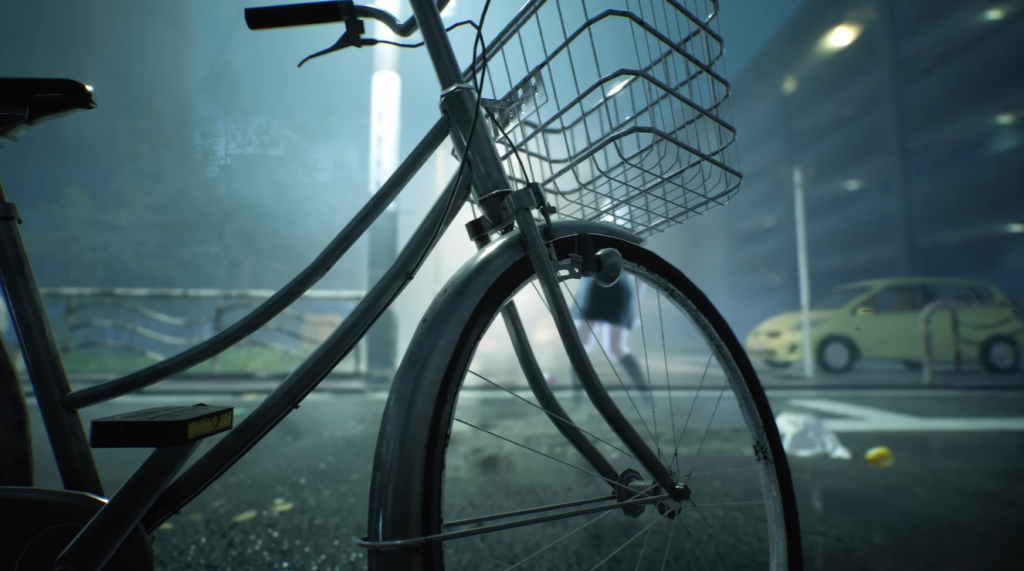
Why at your own pace? Well, as mentioned earlier, when exploring, it might give us the impression that we are in a mix of genres we already know, like a walking simulator, since one of the main delights of such a recreation is to enjoy them on foot, as if we were walking through Shibuya in person. And perhaps after a certain part of the game onwards, when we are familiar with much of the map, we might opt to use the ‘tengu,’ neutral spirits found on the highest parts of buildings. Initially, these spirits are already present in the world, perched atop buildings. However, as the game progresses, we gain the ability to summon these spirits ourselves onto almost anything. Thanks to our spiritual abilities, we will be able to draw a line or ‘hook‘ to these spirits and hang from them, like Spiderman, and, combined with our early ‘gliding‘ ability, we can almost fly over the rooftops of Tokyo.
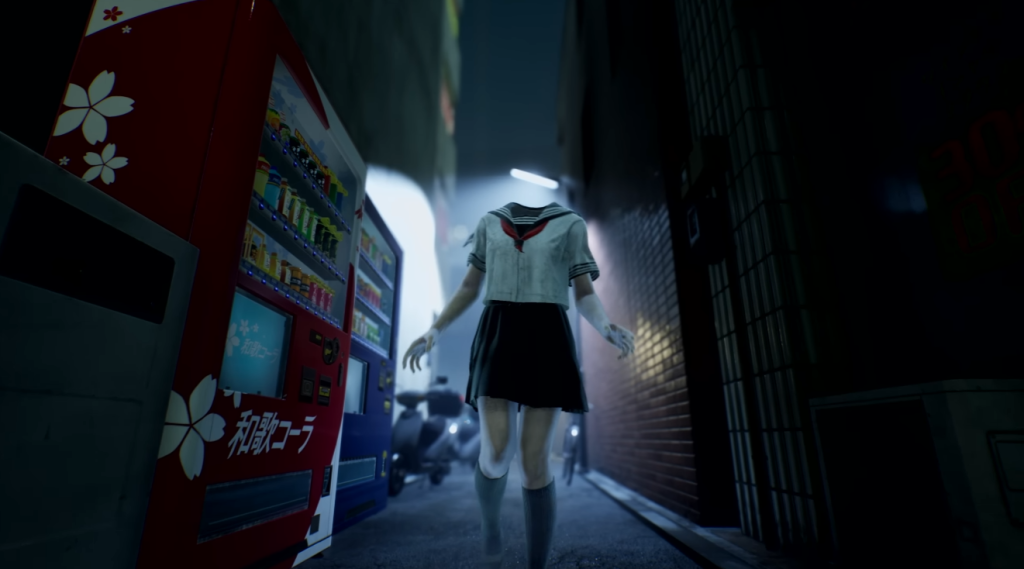
Ghostwire: Tokyo offers different options and much agility to enjoy the environment according to our own preferences. And sure, anyone could get distracted by such views, as happened to me, but to balance this, there are the evil spirits, Hannya and his vast army of “faceless,” entities generated by negative emotions we all know, sadness, hatred, repression, bullying, among others. The enemies we encounter in the game are entirely inspired by Japanese folklore, its beliefs, and most famous urban legends. And yes, perhaps many do not manage to scare, and surely they may not even intend to, but we can assure you that others will make you take that small jump back in your comfortable gamer chair. A very well-achieved mix of evil spirits, various ghosts, good and bad yokais, demons, and other entities of greater or lesser power and size, will become, together, a fair challenge for you.
Final Note
It turns out that, very recently, during the Christmas offers and gifts from the Epic Games platform, the game Ghostwire: Tokyo was available for free for 24 hours, which has led many players who had not tried it before, to now have it stored in their libraries. And I, who already had it before, gave this game, now a couple of years old, another look, and I have verified, as you can notice in this article, my love for this game, that it still remains relevant in the graphic department, not to mention that it is, in my own opinion, an excellent option when it comes to first-person action. A complete and addictive title that you can even find with its audio dubbed in many languages!
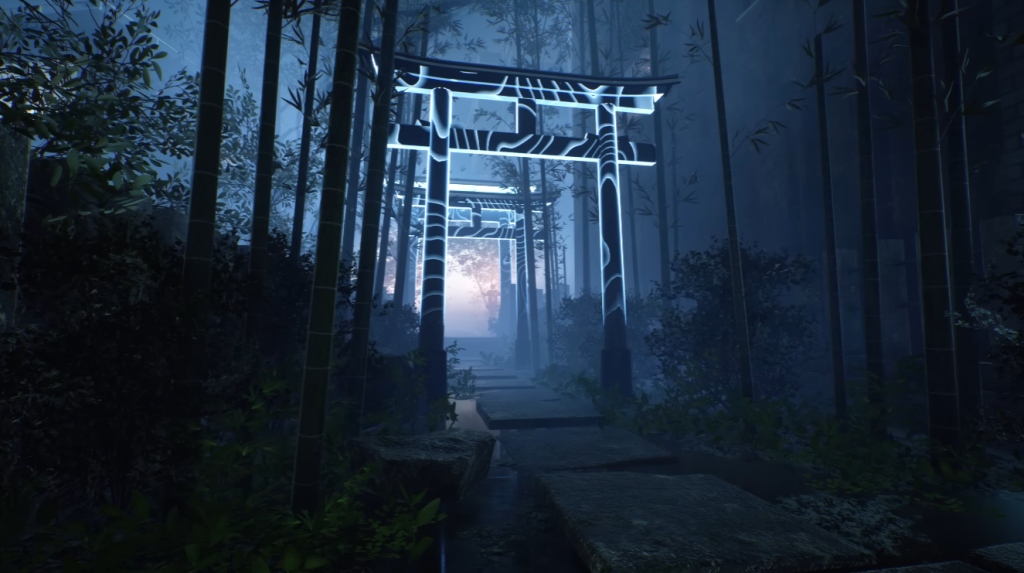
If you haven’t played Ghostwire: Tokyo, what are you waiting for? Go ahead, we encourage you to try it, judge it, and come back here to leave us comments on what you thought, and your opinion on it. Go ahead, we’ll be reading! 🙂
Images Source: PlayStation Official YouTube Channel, YouTube
